Anthony Rapp (actor, Star Trek: Discovery) joins Dr. John Mather (astrophysicist), Dr. Ann Nguyen (planetary scientist), Dr. Laura Kerber (planetary scientist), and Dr. Allegra LeGrande (physical research scientist) to discuss how NASA’s research and missions help us understand how our universe, our solar system, and our Earth came to be.
Category: space – Page 657
InSight Live Q&A: Journey to the Center of Mars with the Lander Team
Take a trip with us to the center of Mars! NASA’s InSight Lander has detected hundreds of quakes with its seismometer since landing on the Red Planet in November 2018. Those seismic events have shed light on the crust, mantle, and core of the planet, as well as how the separate layers formed. Those findings may offer insight into how all rocky planets formed, including Earth.
Speakers:
• Mark Panning, NASA’s Jet Propulsion Laboratory in Southern California.
• Amir Khan, ETH Zurich and University of Zurich.
• Sabine Stanley, Johns Hopkins University.
The unplanned firing of Nauka’s thrusters
The “Nauka” Multifunctional Laboratory Module executed an unplanned firing of its thrusters on 29 July 2,021 starting at about 16:34 UTC, causing the International Space Station to move out of orientation. The ground controllers quickly regained attitude control and the motion of the ISS is now stable. Joel Montalbano (manager, NASA’s International Space Station Program) explains the situation.
Credit: NASA
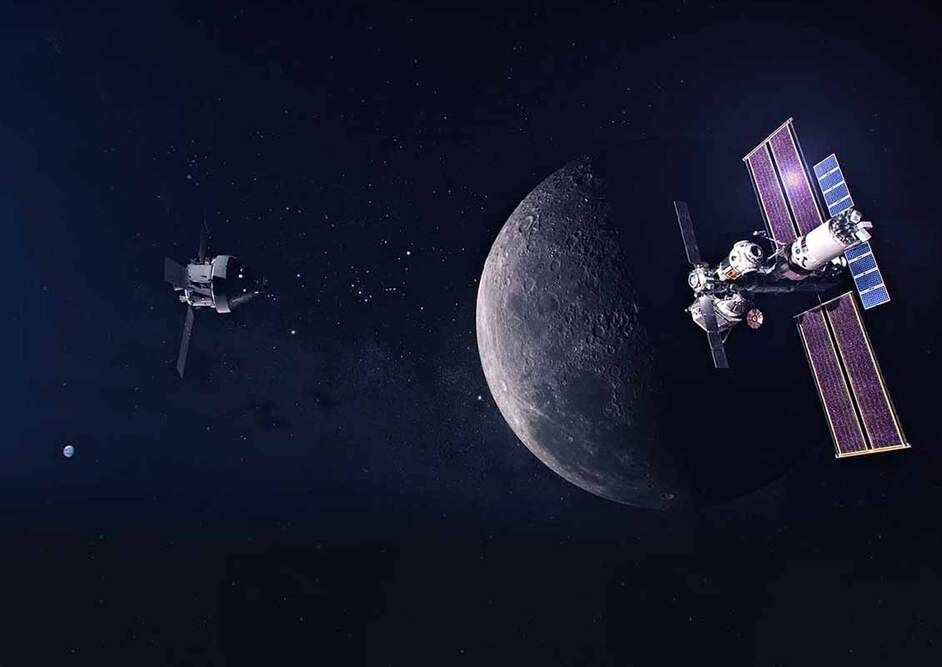
Gate Maker
When Gene Cernan and Harrison “Jack” Schmitt climbed into their lunar module nearly 50 years ago at the end of the Apollo 17 mission, it marked the end of an era. The Apollo 17 crew would splash down in the Pacific Ocean a few days later, marking the end of humanity’s presence on the Moon for the foreseeable future. A new age of space exploration was ushered in with the launch of the first space shuttle in 1981. The shuttle program had its own set of triumphs, notably the launch and subsequent repairs of the Hubble Space Telescope. But the pursuit of so-called deep space exploration via crewed missions — including a return to the Moon — did not seem imminent, replaced instead with a series of missions involving uncrewed probes in deep space and crewed missions closer to Earth.
The idea of returning humankind to the Moon dawned again in 2,017 with the official unveiling of NASA’s Artemis program. In mythology, Artemis is the twin sister of Apollo. As the program’s namesake implies, a chief goal of Artemis is to see humans once again on the surface of the Moon, including the first woman and first person of color. NASA believes Artemis is a monumental shift in deep space exploration that, along with subsequent missions, will culminate with an achievement well beyond the lunar surface: landing humans on the surface of Mars.
But first, the Moon, and to get back there, NASA is developing an ambitious series of components designed to expand exploration of the lunar surface. It’s called the Gateway, and a Notre Dame alumnus is helping to get the lunar outpost — literally — off the ground.
How NASA flew a drone on Mars
In April, NASA’s ‘Ingenuity’ aircraft made history when it became the first drone to take-off, fly, and land in the atmosphere of another planet. Watch Anderson Cooper fly the terrestrial version: https://www.cbsnews.com/news/nasa-drone-mars-60-minutes-2021-08-01/
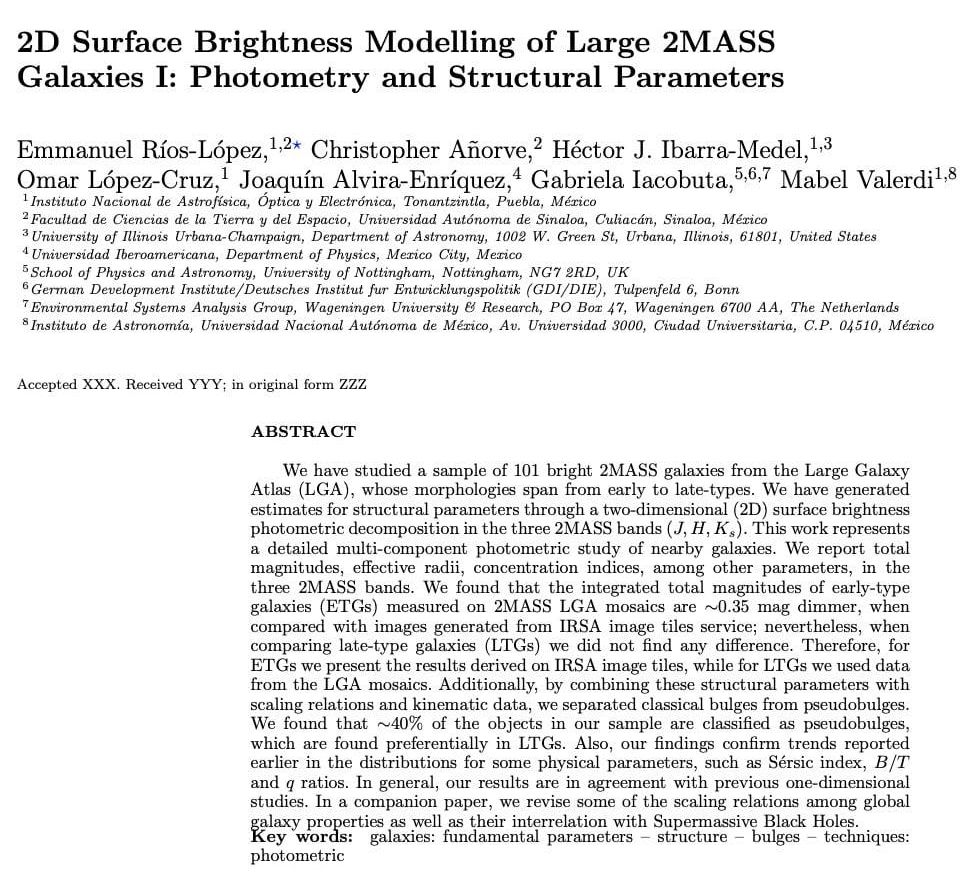
Article Accepted in Monthly Notices of the Royal Astronomical Society
Congratulations to Dr. Emmanuel Ríos López and her co-advisor Dr. X’opher Añorve and to our collaborators, Dr. Hector Javier Ibarra Medel, the Dr. Mabel Valerdi, the Dr. Gabriela Ileana Tudorica Iacobuta and the lng. Physics. Joaquin Alvira Enriquez. Three generations of summer students (VICI): Alvira-Enriquez, Valerdi and Iacobuta. Three generations of PhD students: Añorve, Ibarra-Medel and Rios-Lopez.
In this work we analyzed a sample of 101 brilliant galaxies using a two-dimensional decomposition of the shallow shine. This work serves to explore the formation of galaxies and their relationship with the supermassive holes black houses in their cores. We fixed some errors that the original sample came dragging.
We are grateful to Prof. Thomas Jarrett and Dr. Chien Peng for helping us along the generation of the work. We are standing on their shoulders, Prof. generated the Large Galaxy Atlas and Dr. Peng gave us GALFIT the best software for galaxy 2D surface brightness analysis.
We appreciate the sponsorship of INAOE, Conacyt„ Academia Mexicana de Ciencias and the Verano de la Investigación Científica del INAOE.
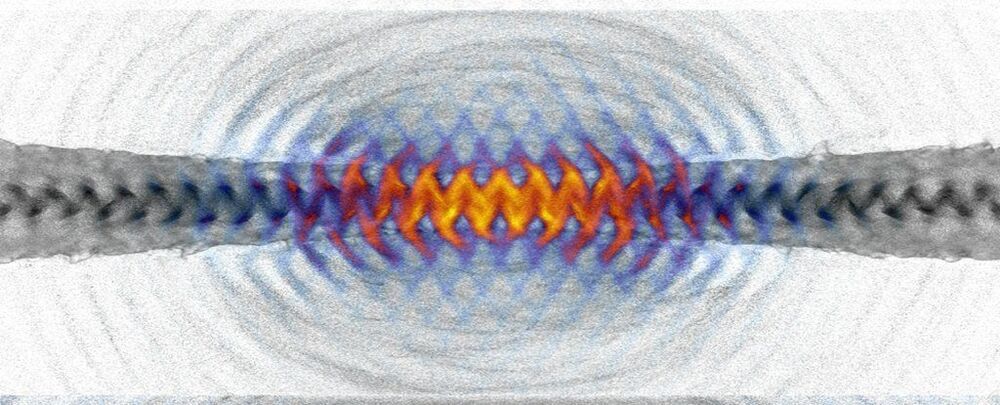
Physicists Have Figured Out How We Could Make Antimatter Out of Light
A new study by scientists has demonstrated how researchers may be able to create an accelerating jet of antimatter from light.
A team of physicists has shown that high-intensity lasers can be used to generate colliding gamma photons – the most energetic wavelengths of light – to produce electron-positron pairs. This, they say, could help us understand the environments around some of the Universe’s most extreme objects: neutron stars.
The process of creating a matter-antimatter pair of particles – an electron and a positron – from photons is called the Breit-Wheeler process, and it’s extremely difficult to achieve experimentally.
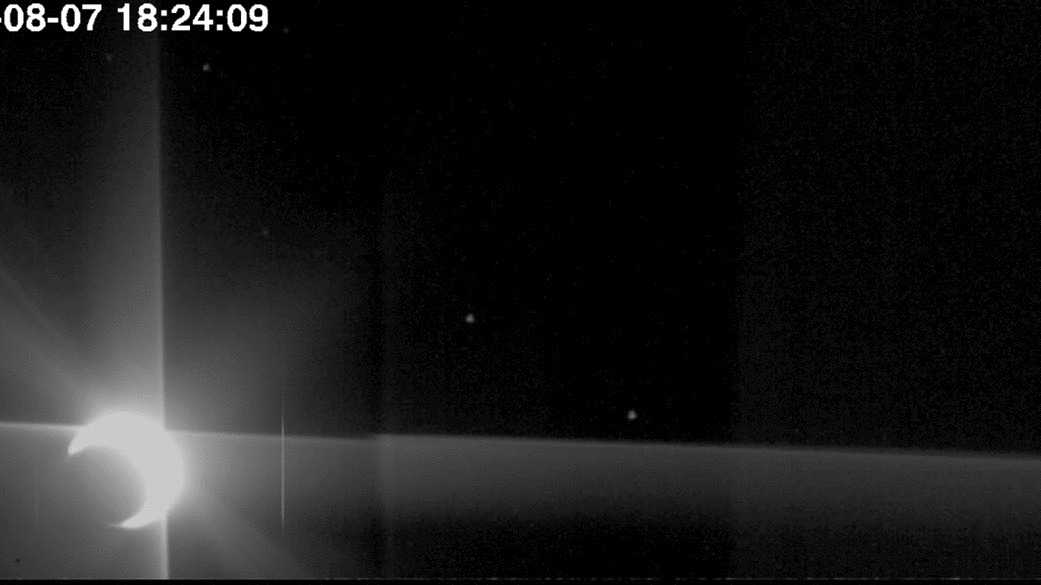
Solar Orbiter spacecraft sends postcard from Venus in flyby video
Solar Orbiter zipped by Venus earlier this week, just one day ahead of the Mercury-bound probe BepiColombo.
The sun-exploring spacecraft Solar Orbiter has captured this video of a glowing crescent of Venus as it flew past the planet during an orbit adjustment maneuver on Monday (Aug 9).
The video was taken by Solar Orbiter’s Heliospheric Imager, or SoloHI, as the joint European Space Agency (ESA)/NASA satellite zipped by the hot and cloudy planet at a distance of 4,967 miles (7,995 kilometers).
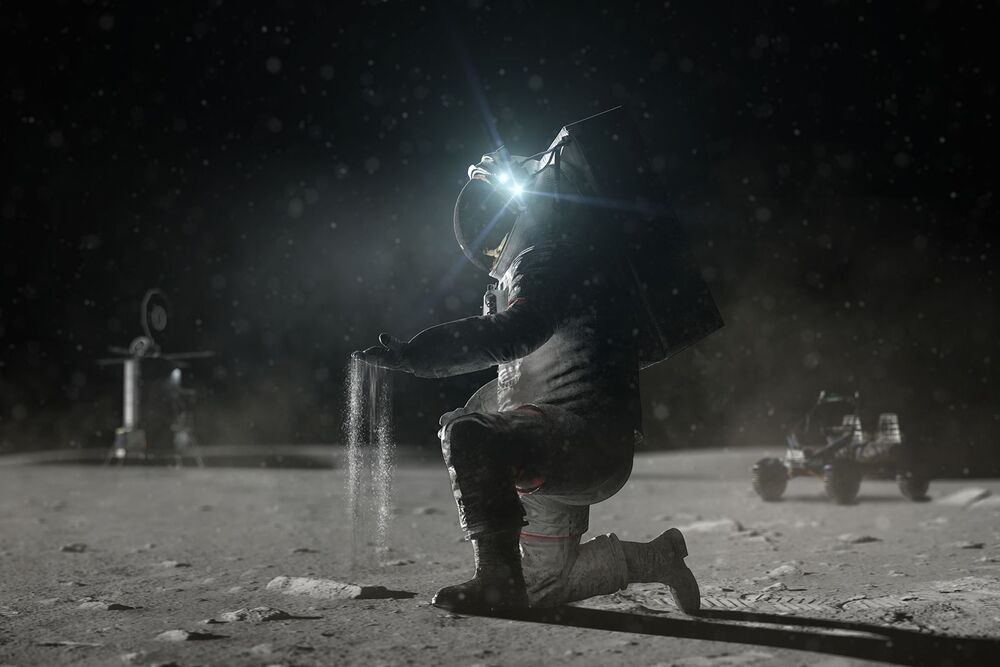
NASA’s latest space station cargo includes a 3D printing system for lunar soil
NASA has edged one step closer to building Moon and Mars colonies using the celestial bodies’ soil. Universe Today notes that NASA’s latest International Space Station resupply mission included a machine meant to demonstrate 3D printing regolith (that is, loose soil or rock) on the Moon and similar extraterrestrial surfaces.
The Redwire Regolith Print (RRP) project will work in tandem with an existing printer system (ManD) to try 3D printing simulated regolith. If that succeeds, the ISS crew will gauge the strength of the resulting material to see if it can handle the harsh conditions beyond Earth.
If all goes well, RRP could lead to colonists printing at least some of their habitats on-demand. That, in turn, could reduce the volume of construction supplies NASA brings to the Moon and Mars. Scientists have envisioned soil-based habitats for years, but this test is relatively realistic — it’s an attempt at 3D printing soil in lower gravity. While there will still be much work to do, the long-term goals for Artemis and future Mars missions may be that much more achievable.

Baidu to deploy low-cost robotaxi fleet in bid to monetise self-driving
Commercial prospects for robotaxi services remain uncertain in the near term due to the immaturity of the technology, the absence of legislation to clearly define responsibility in case of a self-driving accident, and persistently high costs associated with the complex self-driving systems.
Baidu’s autonomous driving unit has partnered with the luxury electric vehicle brand of BAIC Group to bring fifth generation Apollo Moon robotaxis to Chinese roads, cutting the cost of the vehicles by two thirds.